I wrote a paper for The Conversation about the auction of one of the oldest Hebrew bibles.
You can read the article on The Conversation or below:
In May, Sotheby’s headquarters in New York will be hosting the auction of what could be the most expensive book of all time: a bible estimated up to 50 million dollars. It is said to be one of the oldest in the world, an example of a book unlike any other. What is it really?
The origins of the Bible
The Bible is said to be the world’s best-selling book. Granted, it enjoyed a head start: in the 15th century, when Gutenberg developed his famous printing technique, it was of course the Bible that he chose for widespread distribution.
At the time, Gutenberg printed a Latin version of the Bible, known as the “Vulgate”, translated from Hebrew, Aramaic and Greek by Saint Jerome at the turn of the 5th century AD. We owe such linguistic diversity to the fact that the Bible is not a book, but a collection of books written at different times by authors who did not all speak the same language. The word “bible” itself means “the books” in the plural (in Greek: “ta biblia”).
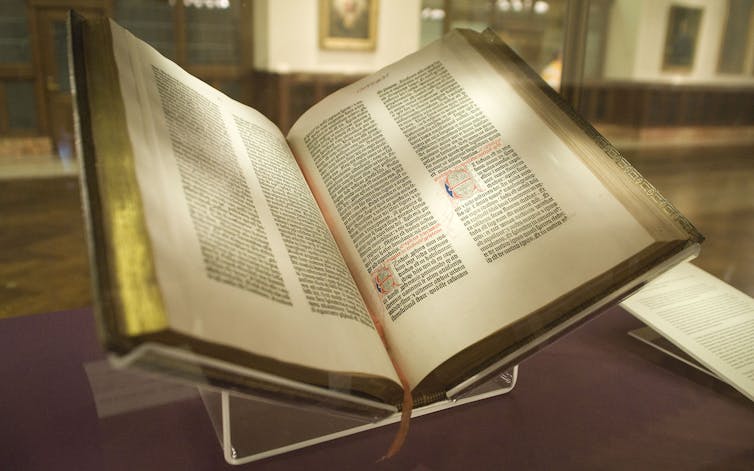
Starfire2k/Flickr
The bible to be auctioned on May 16 is in Hebrew and dates from around the 10th century AD. This is a respectable age, but there are much older manuscripts. A thousand years earlier, scribes were copying the same books onto parchment (or, more rarely, papyrus) scrolls.
Some of these manuscripts spent millennia hidden in caves on the western shores of the Dead Sea. They were discovered in the middle of the 20th century by Bedouins. These “Dead Sea Scrolls”, as they are called, are the oldest manuscripts of the Bible to date. Unfortunately, they are dislocated and fragmented: there are more than 30,000 fragments, which must have corresponded to about a thousand scrolls. There are as many puzzles to be solved, without a model, and with most of the pieces missing. The oldest are dated to the 3rd century BC, perhaps even the 4th or 5th century BC, as I recently proposed. The later ones are dated to the 2nd century AD.
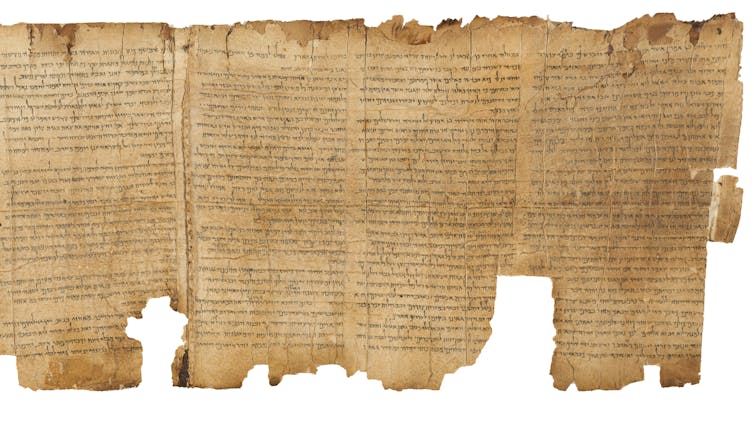
Ardon Bar-Hama, CC BY
In most cases, the method for dating is based on “paleography” – the way the letters are drawn – with the assumption that people did not write in the same way in the 3rd century BC as they did in the 2nd century AD.
A dating problem
Carbon-14 dating is, in theory, useful, but it faces several difficulties: it is a destructive method, because samples have to be taken and crushed. These samples are often contaminated and give aberrant results. And even when they are correct, the results have to be calibrated, and one sometimes ends up with several possible and rather imprecise dates. Finally, even when the date is plausible, only the parchment or papyrus is dated, not the writing. The text itself may have been inked much later – especially if the parchment was washed and reused, as was often done: in those days, recycling was the norm.
Before the upcoming auction, a carbon-14 dating was carried out, but the results have not been published. We are told that this bible would date from the late 9th or early 10th century AD, but no further details are given. It is in the seller’s interest to offer the earliest possible dating to raise the bidding, even to the point of presenting this bible as a missing link with the Dead Sea Scrolls. In reality, a millennium separates them, so that a few decades will hardly make any difference.
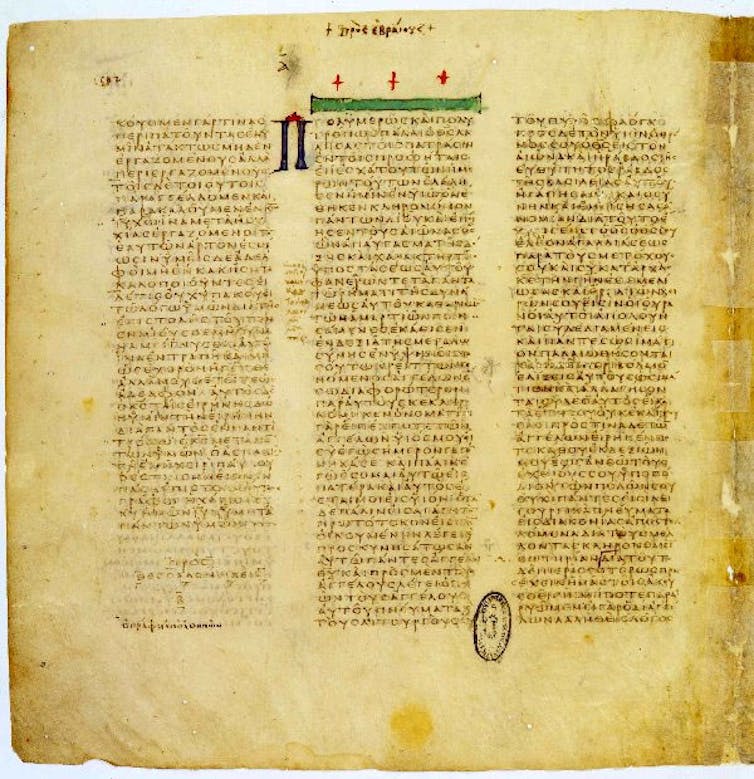
Ardon Bar-Hama
A missing link?
The missing link exists, however: Greek bibles dated to the 4th or 5th centuries AD. The most famous is in the Vatican, hence the name Codex Vaticanus. For the books of the Bible that were written in Greek, these manuscripts preserve the text in its original language. But for books written in Hebrew and Aramaic, one must do with a Greek translation. Alas, to translate is to betray.
This raises the question of the reliability of this Greek version, especially as it sometimes differs from later Hebrew bibles such as the one being auctioned. Were the Greek translators incompetent or distracted? The discovery of the Dead Sea Scrolls solved this riddle, since some of these scrolls, including Hebrew ones, agree with the Greek version. In other words, the Greek translators did a pretty good job, because the Hebrew text in front of them was different from the medieval Hebrew bibles.
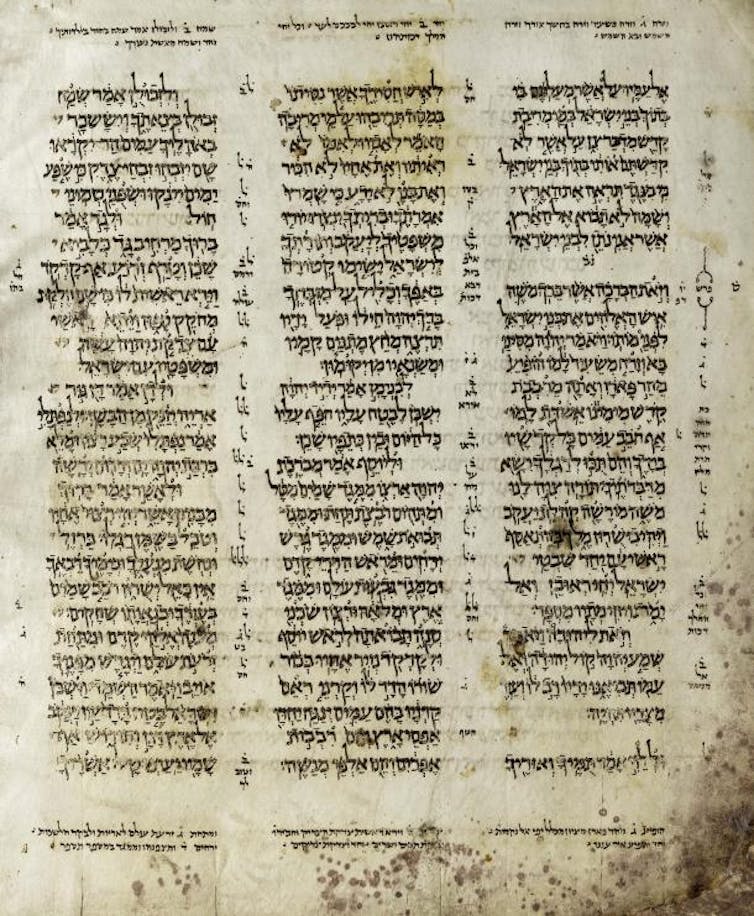
Ardon Bar Hama
The biblical text did not stop its metamorphosis there. For centuries, different versions were passed on from one hand to another, copied time and again by Jewish and Christian scribes who did not necessarily speak much to each other.
In the Early Middle Ages, Jewish scholars developed systems for punctuating the biblical text. It must be said that the Hebrew alphabet does not mark vowels in a systematic and precise manner. In fact, the same text can often be read in different ways, which can have serious consequences for those who view it as Holy Scripture.
To remove any ambiguity, small dots and strokes were added here and there to specify the exact pronunciation of vowels, stress, punctuation and cantillation. Several pronunciations were in competition, and it was not until the 10th century AD that the first Hebrew bible with the pronunciation still in use today was produced.
That bible is the Aleppo Codex, dated around AD 930. It is on display at the Israel Museum in Jerusalem. Several pages are missing, but its heir, the St. Petersburg Codex (or Leningrad Codex), copied in AD 1009, is complete. It is this manuscript that serves as the reference for the study of the Hebrew Bible.

Ardon Bar-Hama
A living text
The bible up for sale is neither the Aleppo nor the St. Petersburg Codex. It is Codex Sassoon 1053. Unlike the St. Petersburg Codex, pages are missing, so it cannot claim to be the oldest known complete Hebrew bible. Its punctuation is also slightly different from that of the Aleppo Codex. Which can be viewed either as a flaw or a quality: believers who wish to read the Hebrew Bible according to the official pronunciation will disregard this codex, while other scholars note the value of this manuscript for a comparative study of Hebrew punctuation.
The astronomical price for the item being auctioned is indicative of the Bible’s ongoing relevance to billions of people around the world.
Such cultural heritage must be protected from any form of instrumentalisation and appreciated at its true value. Codex Sassoon 1053 has other qualities: for example, it arranges the books of the Hebrew Bible in a slightly different order than we know them. The book of the prophet Isaiah has been placed after Ezekiel, not before Jeremiah. Imagine watching the Star Wars movies in a different order than the one in which they were released in theatres; the effect would not be the same!
This is what happens here: the Bible is read in a different way. Each manuscript is unique. The Bible’s millennial history invites us to discover it, not as a monolith trapped in a univocal reading, but as a living text in perpetual flux.![]()
 En
En Fr
Fr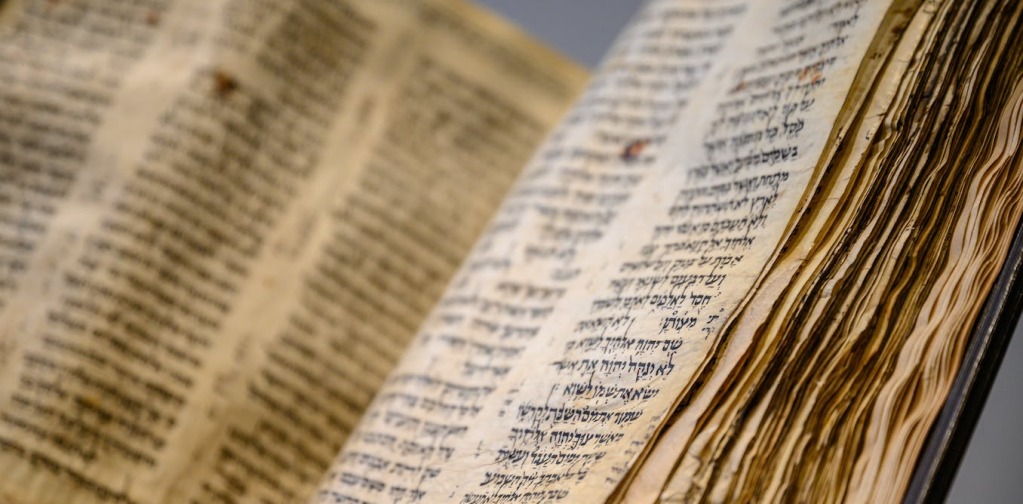
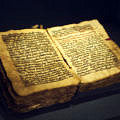
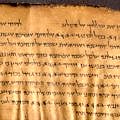
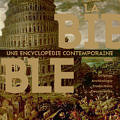
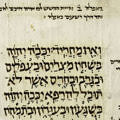
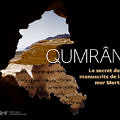
Bonjour, Je suis un peu désarçonné par l’article du Figaro d’aujourd’hui qui explique que la source de cette bible acquise dans les années 1920 est les manuscrits de la Mer Morte découverts en 1947… et qui me semble avoir été écrit par quelqu’un qui ne s’est pas sérieusement penché sur le sujet.
https://www.lefigaro.fr/culture/encheres/une-bible-hebraique-vendue-aux-encheres-pour-un-record-de-38-1-millions-de-dollars-20230517
Ceci écrit, je me permets de vous écrire que j’aime beaucoup ce que vous faites et que j’ai découvert il y a quelques jours sur Youtube.
D’autant plus que les mss de la mer morte n’ont pas de points voyelles à la différence du codex Sassoon.